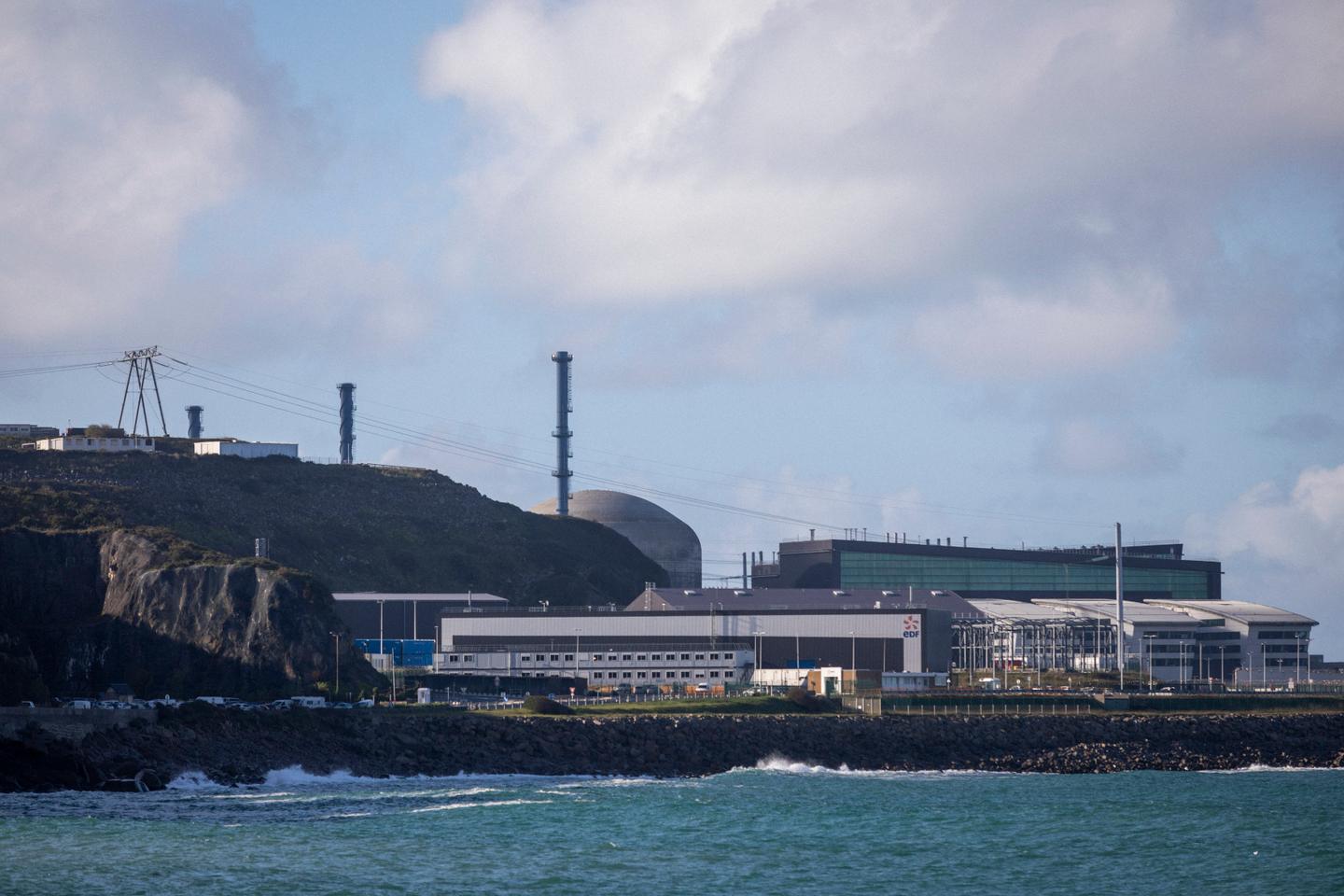Summary
France’s Flamanville 3 nuclear reactor, its most powerful at 1,600 MW, was connected to the grid on December 21 after 17 years of construction plagued by delays and budget overruns.
The European Pressurized Reactor (EPR), designed to boost nuclear energy post-Chernobyl, is 12 years behind schedule and cost €13.2 billion, quadruple initial estimates.
President Macron hailed the launch as a key step for low-carbon energy and energy security.
Nuclear power, which supplies 60% of France’s electricity, is central to Macron’s plan for a “nuclear renaissance.”



So, you have done a trial of one, fir a few hrs, with no testing.
Other human failsafe have been repeatedly tested, thousands of times over, over decades.
Hell, the simple Deadman switch is a human failsafe: hold this latch, otherwise machine stops…
Are you willfully missing the point, or is this accidental?
No, not at all. You are missing the point, I think. Human failsafes do work. They are even easier to make and more effective if you remove capitalism from the equation, though.
Wow, okay, you’re really missing the point.
Something is either 100% failsafe, or it isn’t. If there is even a tiny chance that something will fail, it isn’t failsafe in the context of GPs point. We’re not talking about “realistic chances” or something here - we’re talking about actual physical laws.
Humans aren’t failsafe, because they’ve failed plenty of times, and can still fail plenty of times. Sure, no accidental nuclear launches have been done, but that doesn’t mean they can’t happen. Both of the humans involved can develop a psychosis at the same time, at which point the system has failed. This even being a possibility means that the system isn’t failsafe. It doesn’t matter whether it already happened or will ever happen.
The reason we’re taking this strict distinction is that human failsafes have failed plenty of times. People in Germany got to know this very well through Chernobyl. There were failsafes in place, and they didn’t work due to human error. That’s why proponents of nuclear energy are focusing on this point - changes in the design of modern nuclear reactors make it literally physically impossible for the same thing to happen. I’m not talking about a 99.999999999% chance that it won’t happen, I’m talking about 100%.
Just to be sure, I’ll repeat it again: human failsafes have failed in the past, and humans can fail in every situation. You won’t believe how many people lost fingers, hands or even arms in spite of a dead man switch that should prevent it. There are plenty of examples of systems that, according to you, should be 100% safe, yet they failed. Because humans can fail.
You’re right. Not 100% failsafe is failproof.
Another way to put it is 100% failproof is failsafe, by definition.
For example, my nuclear launch failsafe, is an example of a human failsafe, that works 100% of the time, unless both humans agree to the launch.
And yes, human supervision can, and should be, the final fail safe for any critical system.
And yes, human failsafes work, when properly designed, and implemented. That’s what “fail safe” means. ie, a PBR reactor is “fail safe” by design, as if anything happens, the pebble pile collapses, and criticality cannot be maintained, without a human intervening. No human, no criticality.
And there were very few, if any human fail safes in the Chernobyl incident, which is a huge reason it failed. And the reactor was not designed to fail safe. Modern reactors are designed to fail safe. Which means they cannot maintain criticality without human intervention.
Something tells me you’re not very up on engineering principles, because fail safes, including human ones, are used all the time. Like bridges that raise and lower, for example. The bridge CAN NOT rise unless someone is there, holding the button. And it will start a safe descent if the human releases the button. It fails in a safe manner, without human intervention.
Oh, you’re actually just trolling. Almost got me, nice one.